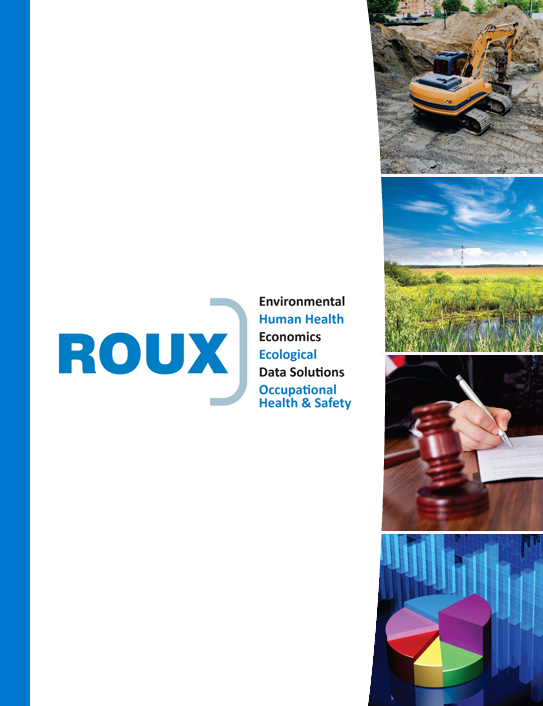New Roux Publication Provides Additional Insight on PM2.5 Sources Throughout the US
Complimentary Published Article
Comparison of Source Apportionment and Background PM2.5 Contribution in Six U.S. Metropolitan Areas
Authored by Andrew Shapero, Stella Keck, & Adam Love, PhD
Particulate matter is gaining awareness across the US over increased attention related to potential adverse impacts to community health.
On February 7, 2024, the EPA strengthened the National Ambient Air Quality Standards for Particulate Matter (PM NAAQS) to reduce community exposure to fine particulate matter (PM2.5). The EPA set the new level of the primary (health-based) annual PM2.5 standard at 9.0 micrograms per cubic meter—down from 12.0 micrograms per cubic meter—to provide increased public health protection, consistent with the available health science. Importantly, ambient PM2.5 concentrations can represent both natural (e.g., sea salt and wildfire smoke) and anthropogenic sources (e.g., fossil fuel combustion and construction activities), and can encompass particulate matter from local, regional, national, and/or global sources—depending on dispersion characteristics.
In the journal Air, Roux previously published a methodology for deconvoluting various PM2.5 sources in overall ambient air using the Dallas-Fort Worth, Texas area as a case study. Within this area, Roux determined that approximately half of the observed ambient PM2.5 was from background sources and half was from local sources.
A new Roux publication in the Environmental Forensics journal applies the same methodology to five additional cities across the US (Tampa, FL; Pittsburgh, PA; Seattle, WA; Charlotte, NC; and Los Angeles, CA) to compare and contrast seasonal patterns, local vs. background PM2.5 contributions, and point vs. non-point PM2.5 sources to ambient air in different regions. The selected cities were chosen to represent a variety of physical size, topography, population density, and availability of different transportation methods—all characteristics that can impact the local and regional air quality of a city.
These results indicate that in many US cities, regional (i.e., background) sources of PM2.5 are a major contributor to the overall ambient PM2.5 levels. Additionally, the article further demonstrates the importance of accurately distinguishing local vs. background PM2.5 contributions and point vs. non-point PM2.5 source contributions for regulatory, mitigatory, and community efforts to be optimized at the appropriate spatial levels (i.e., local, regional, state, or national) and targeted toward the most impactful sectors (e.g., transportation) when seeking to take steps that reduce total community PM2.5 exposures.
A list of US counties expected to exceed the new annual PM2.5 NAAQS is shown here.
Interested in a copy of the recent publication or need to discuss point source or non-point source PM2.5 issues with an expert? Reach out using the link below.
